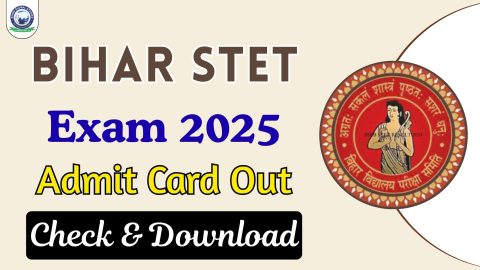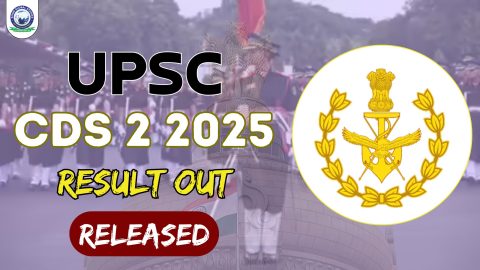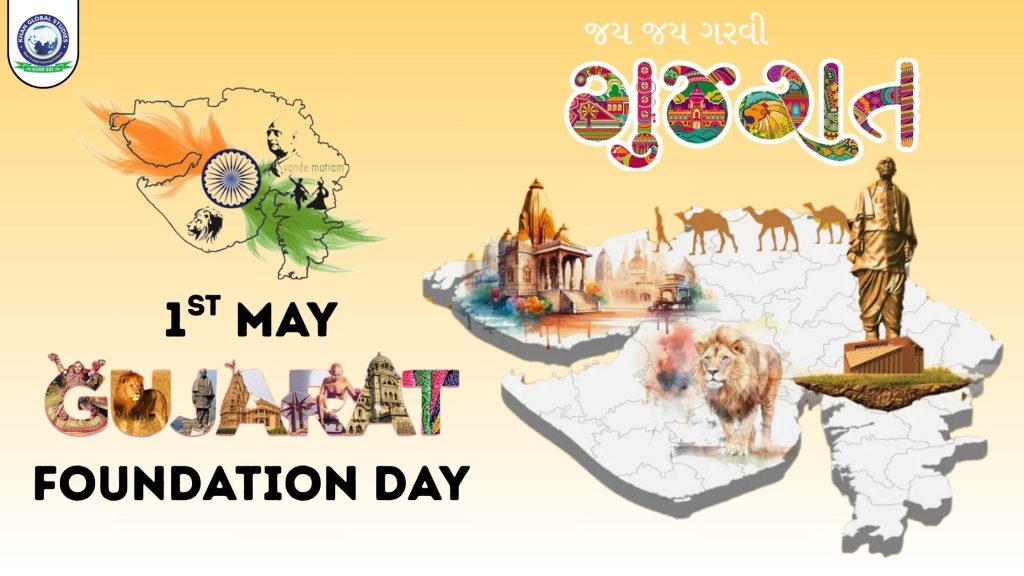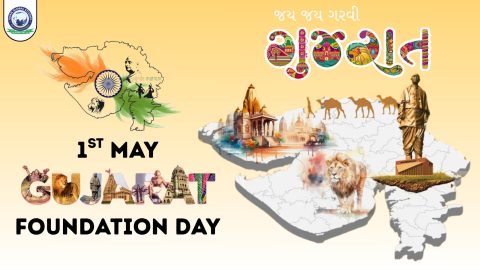Gujarat Formation Day is celebrated every year on May 1st with great enthusiasm and pride. This day commemorates the creation of the state of Gujarat in 1960, when the Bombay State was reorganized on linguistic grounds, leading to the formation of two new states — Gujarat and Maharashtra.
History of Gujarat’s Formation
After India’s independence, there was a growing demand to reorganize the country’s states on the basis of language.
In 1956, under the States Reorganisation Act, Indian states were restructured based on linguistic lines.
At that time, Bombay State comprised both Marathi and Gujarati-speaking communities.
However, both communities had distinct linguistic and cultural identities, which gave rise to the Mahagujarat Movement – a movement led by the Gujarati-speaking people demanding a separate state of Gujarat.
As a result of this movement, on May 1, 1960, the Bombay State was divided into two new states — Gujarat and Maharashtra.
Since then, May 1st is celebrated as Gujarat Day.
Geography of Gujarat
- Gujarat is located on the western coast of India.
- It shares borders with Rajasthan (to the north), Madhya Pradesh (to the east), Maharashtra (to the south), and Arabian Sea and Pakistan (to the west).
- The state covers an area of approximately 196,000 sq. km.
- Gujarat has the longest coastline in India, stretching about 1,600 km.
Major Cities
- Ahmedabad – The economic capital and industrial hub.
- Gandhinagar – The administrative capital of Gujarat.
Other major cities include Vadodara, Rajkot, Surat, Bhavnagar, and Jamnagar.
Population and Language
- Gujarat’s estimated population is around 67 million (2021 estimate).
- The primary language spoken is Gujarati, which is also the official state language.
- Other languages spoken include Hindi, Kutchi, Urdu, and Sindhi.
- The state is home to communities following Hinduism, Islam, Jainism, and Zoroastrianism (Parsis).
Political Structure
- Gujarat has a unicameral legislature with 182 assembly seats.
- The Governor is the constitutional head, while the Chief Minister is the executive head.
- Gujarat has enjoyed political stability for several years and is considered one of India’s leading developing states.
Economic Development
- Gujarat is among the most industrialized and business-friendly states in India.
- Major industries include chemicals, petrochemicals, textiles, diamond processing, pharmaceuticals, cement, automobile, and port trade.
- Major ports such as Kandla, Mundra, and Pipavav are located in Gujarat.
- Development projects like Dholera Smart City and GIFT City are milestones in Gujarat’s economic growth.
Agriculture
Major crops include cotton, groundnut, wheat, pearl millet, sorghum, rice, and oilseeds.
Gujarat is also a leader in dairy production; the famous Amul brand is headquartered in Anand.
Culture and Heritage
Gujarat has a rich and diverse cultural heritage.
Garba and Dandiya are traditional folk dances, especially popular during Navratri.
Festivals such as the Kite Festival (Uttarayan), Rann Utsav (of Kutch), Janmashtami, Diwali, and Holi are celebrated with grandeur.
Famous handicrafts include Patola sarees of Patan, Kutch embroidery, Bandhani fabrics, and Tarkashi (metal inlay art).
Education and Institutions
- Prominent universities and institutions in Gujarat include:
- IIT Gandhinagar
- IIM Ahmedabad
- National Institute of Design (NID)
- CEPT University
- The literacy rate in Gujarat is approximately 82%.
Natural Beauty and Tourism
- Gir Wildlife Sanctuary – the only home of Asiatic Lions.
- Statue of Unity (Sardar Patel’s statue) – the world’s tallest statue (182 meters), located in Narmada district.
Other major tourist attractions include Girnar Hills, Somnath Temple, Dwarka, Rann of Kutch, and Sabarmati Ashram.
Celebration of Gujarat Formation Day
Special programs are organized across the state by government offices, schools, colleges, academic institutions, and cultural organizations.
A state-level parade and cultural performances take place in Gandhinagar.
The day showcases Gujarati culture, music, folk dances, and social service initiatives.
Conclusion
Gujarat Day not only commemorates the state’s formation but also celebrates the unity, cultural heritage, linguistic pride, and industrial progress of its people.
Observed on May 1st, the day serves as a reminder of the identity, struggle, and achievements of the Gujarati community and continues to inspire future generations.





